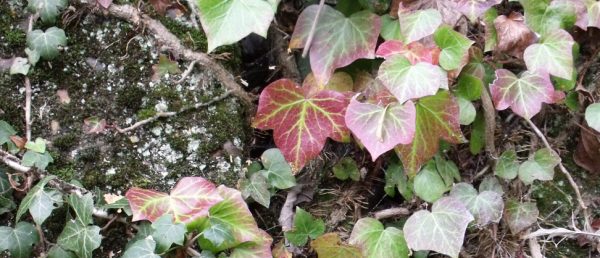 I've been wondering for a while now what distinguishes photography and poetry (and in a broader sense, writing): two elements of my life that are crucial to how I perceive and interpret the world around me.
I've been wondering for a while now what distinguishes photography and poetry (and in a broader sense, writing): two elements of my life that are crucial to how I perceive and interpret the world around me.Short of channeling Roland Barthes (a la Camera Lucida) mid-blog, what fantastical conclusion can I have reached?
Striding home from the station after a long day stalking the streets of London, in search of art (the Museum of Everything in Primrose Hill) and socialising (a lunch date with the Jack of Hearts), I whipped out my camera to take this shot of the star, the moon, the lampost, and the car. Each light sources of completely different scale and level, distance and dimension, on the Earth. In the darkened October evening, I was struck by the appealing constellation of these four diamonds of light.
This may seem like a rather long pre-amble to what I've set up to be a 'battle', a discussion that could easily lead to spilt blood, a literary deathmatch like the ones regularly seen in London, L.A. and cities across the globe.
But like all good stories, I reckon you need a little detail, a little extra imagery, to add to the picture. I've always been one for an extra flourish. Robert McKee, writer of near-seminal screenwriting text, Story, would probably be turning in his grave right now - if he were dead, that is.
Simply put, photography is the expression of an interest in the outside world, an external fascination, and an open receptiveness to patterns, images and people, that once captured, serves as a reflection of those points of focus, subjects, and objects. Once captured, that awareness of the outside world forms a critique and a relationship with it.
It is governed by a sensitivity to things alien to us, which nevertheless enable us, along with the photographer, to understand things familiar to us, the external informing, educating, contrasting and consoling the internal.
In opposition to this, I would place writing, and I use that sweeping title to work my point through, although I'm sure there will be a mineful of contradictions and exceptions to it. Writing seems to me as an elucidation of things internal, a mine of its own, welling up with nuggets of emotion, veins of belief and slowly formed (and forming), crystallised notions of human nature. Writing seems to draw deeply upon the self, in order to demonstrate, dissect and decipher what is beyond the direct sphere of knowledge and comprehension, everything that is unfamiliar, alien or external.
Viewing poetry and photography in this binary fashion, it seems that the process of these separate disciplines is the crucial point of divergence.
The roles of those actively engaging in the two pursuits are different: is the photographer a 'documenter', and the poet, the writer, a 'pyschoanalyser'?
Clearly, there are nuances and subtleties beyond such blanket terms, and I'll need a little more time to think about that; but until then, it's time for dinner. Before I depart the blogosphere, Ill finish with a story, or maybe a poem:
Why did the star, the moon,
the lamppost and the car
meet for dinner one night,
disparate as they usually are?
What intrigue, what magic
could anchor their orbits
in one place, at one time,
without heavenly writs?
The star was incensed,
The moon confused,
The lamppost impressed
And the car bemused.
Flashing past, red lights large;
Soft, orange glow cast;
Rotund, pale face full;
Pin prick, light years fast.
One lens open, intrigued, calm,
Two eyes steady, alert, keen;
Tentative finger, tense, ready,
One brief moment. What will it mean?

 At the beginning of the week, I thought that a visit to the Turbine Hall at Tate Modern would be relegated to the realm of commonplace cultural experience. Thousands upon thousands of punters were set to sit, stroll, crunch, play, think, snooze, on the 100 million Sunflower Seeds carefully crafted for Ai Wei Wei's new art installation, as commissioned for Unilever's annual exhibit.
At the beginning of the week, I thought that a visit to the Turbine Hall at Tate Modern would be relegated to the realm of commonplace cultural experience. Thousands upon thousands of punters were set to sit, stroll, crunch, play, think, snooze, on the 100 million Sunflower Seeds carefully crafted for Ai Wei Wei's new art installation, as commissioned for Unilever's annual exhibit.